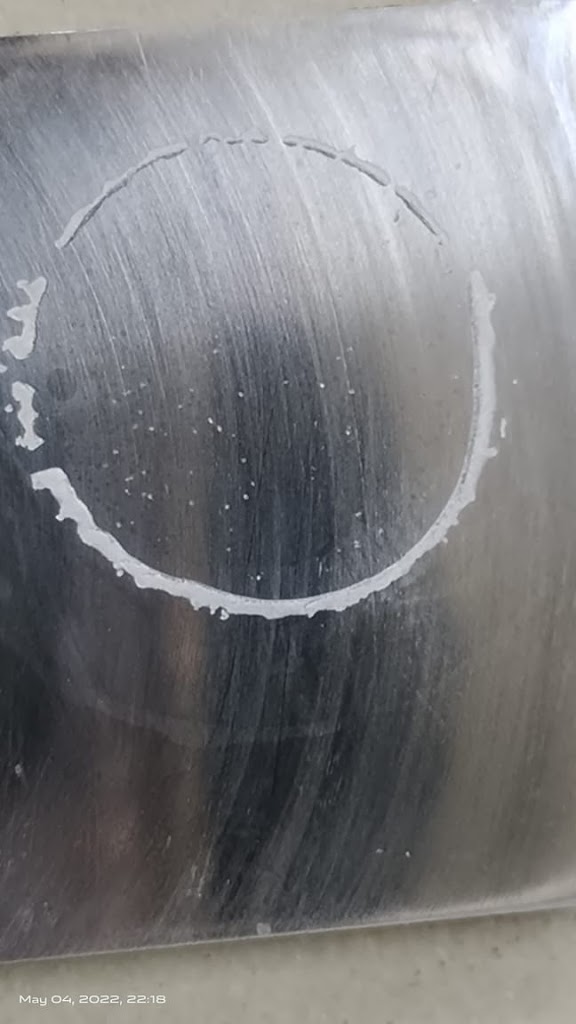Types of Braking in Automobiles
Braking is one of the most critical functions in an automobile, ensuring the safety of passengers and pedestrians alike. As vehicles have evolved over time, so have the braking systems, with advancements in technology leading to various types of braking mechanisms. In this article, we will explore the different types of braking systems used in … Read more





